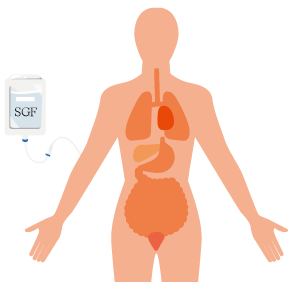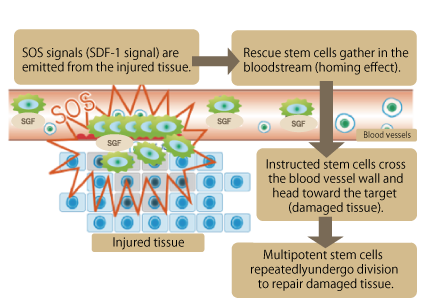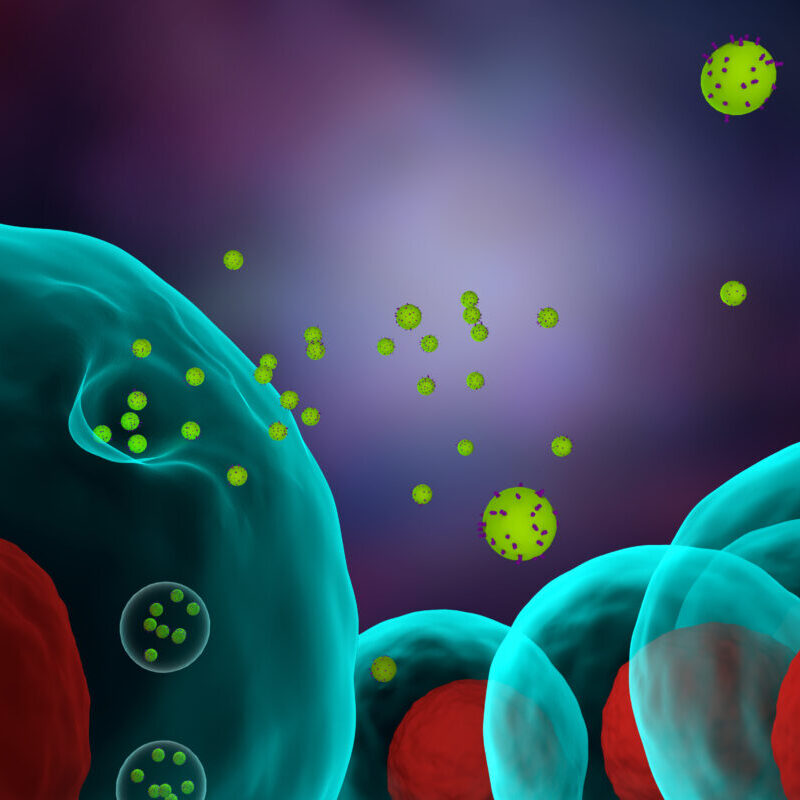Regenerative medicine, with stem cell transplantation as its premise, is on the verge of a transformative period thanks to new methods. Stem cells are not the main actors in regeneration; various studies have demonstrated that the liquid component produced by stem cells (SGF) can repair organs alongside one’s own stem cells.
As a result, the challenges associated with conventional stem cell transplantation, such as cancer risk, standardization, administration methods, storage, and culture techniques, are being addressed. A new field called “repair medicine” is emerging through SGF.
Compared to liver cell transplantation, SGF is considered safer as it does not involve transplanting cells, reducing the risk of tumor formation and other complications.
Furthermore, SGF offers the advantage of using consistently standardized products. This allows for mass production and efficient administration methods, making it promising for a wide range of diseases. Administration methods include intravenous infusion, local administration, nasal spray, etc., which are minimally invasive, with very few reported side effects.
【Conditions with Expected Benefits】
Diabetes, liver disease, kidney disease, atopic dermatitis, rheumatoid arthritis (joint pain), erectile dysfunction (ED), endothelial cell damage due to hypertension, osteoarthritis of the knee, post-stroke sequelae.
Intravenous and Injection Therapy with SGF
The treatment of diabetes complications using Stem Cell Supernatant Therapy, known as ‘SGF,’ exhibits its effectiveness in preventing complications by repairing blood vessels through the homing effect. Even from the results of LOX-index testing (indicative of the risk of stroke and heart attack, which are complications of diabetes), it can be observed that blood vessel repair is taking place, and there is a tendency towards improvement in the levels of creatinine, an indicator of kidney function impairment.
Endothelial Strengthening Intravenous Infusion and Injections
“SGF” is expected to reduce the risk of developing diseases such as ischemic conditions, diabetes, cirrhosis, hypertension, Alzheimer’s, atopic dermatitis, and rheumatoid arthritis (joint pain). Administered “SGF” circulates within the body, and when it identifies damaged tissues, stem cells themselves become activated for repair and regeneration. Additionally, it stimulates the pituitary gland, promoting hormone balance and enhancing the metabolic cycle to return to normal levels. Due to its ability to self-replicate and regenerate, it is expected to have an impact on various aspects of aging care, including the renewal of various tissues and skin tissues within the body.”





